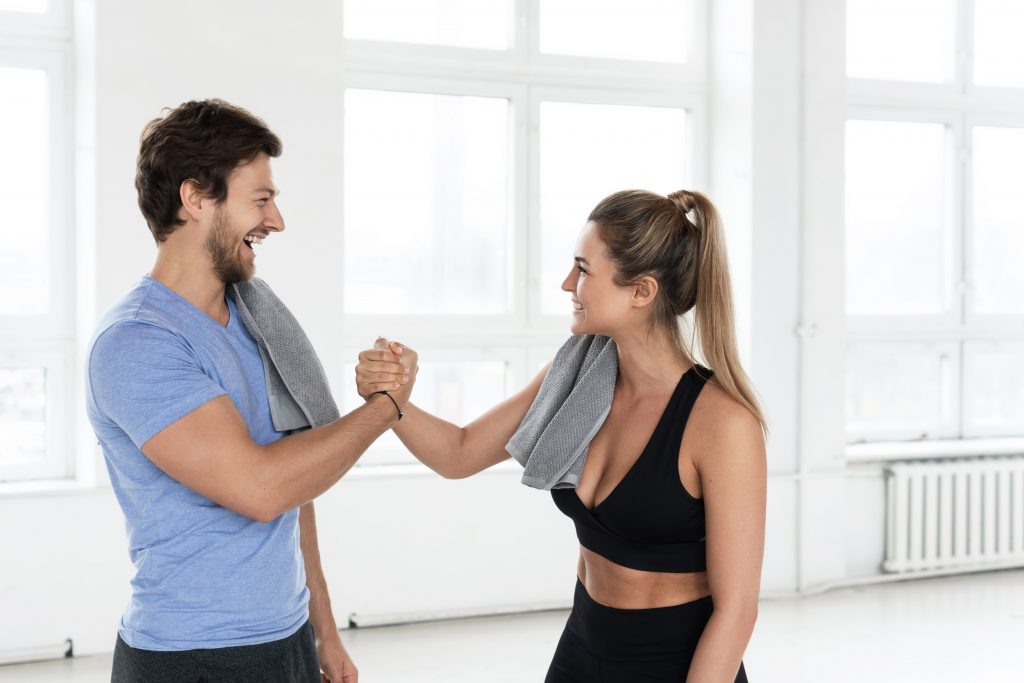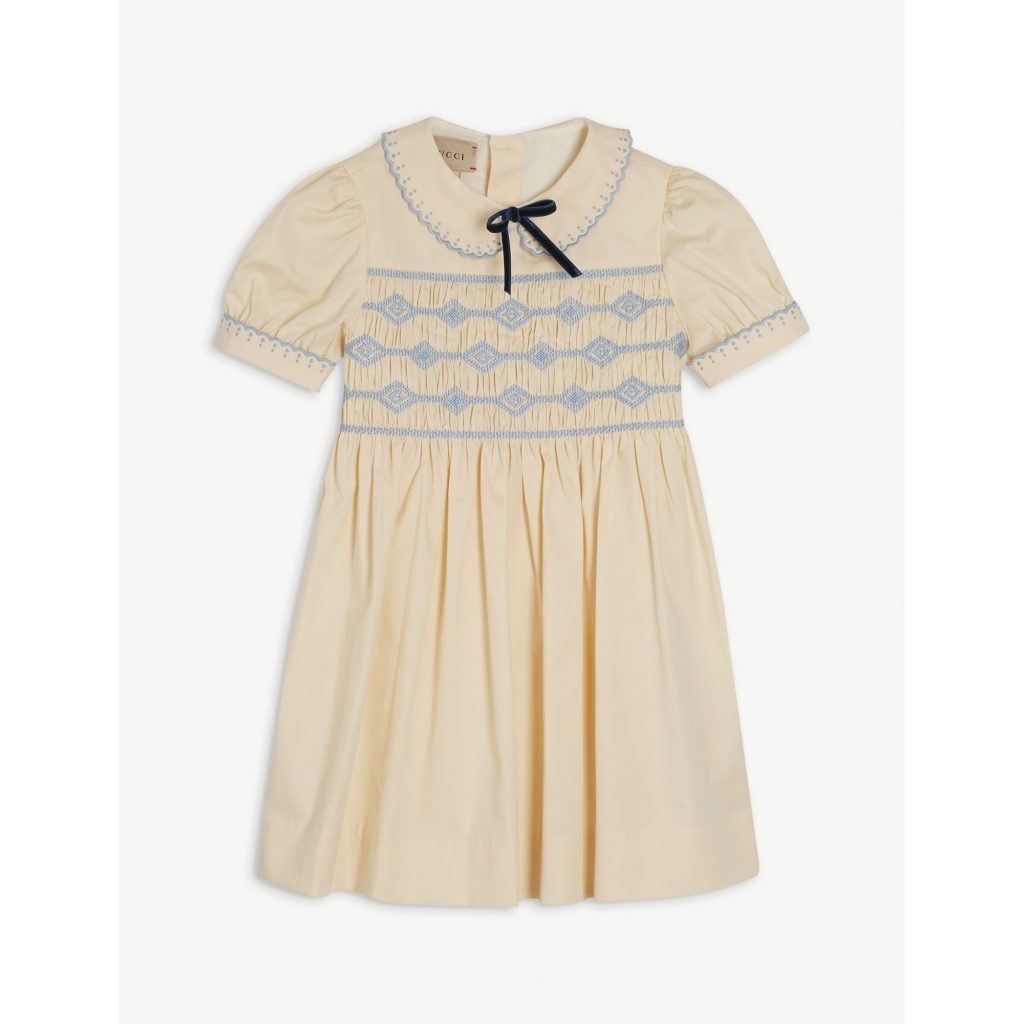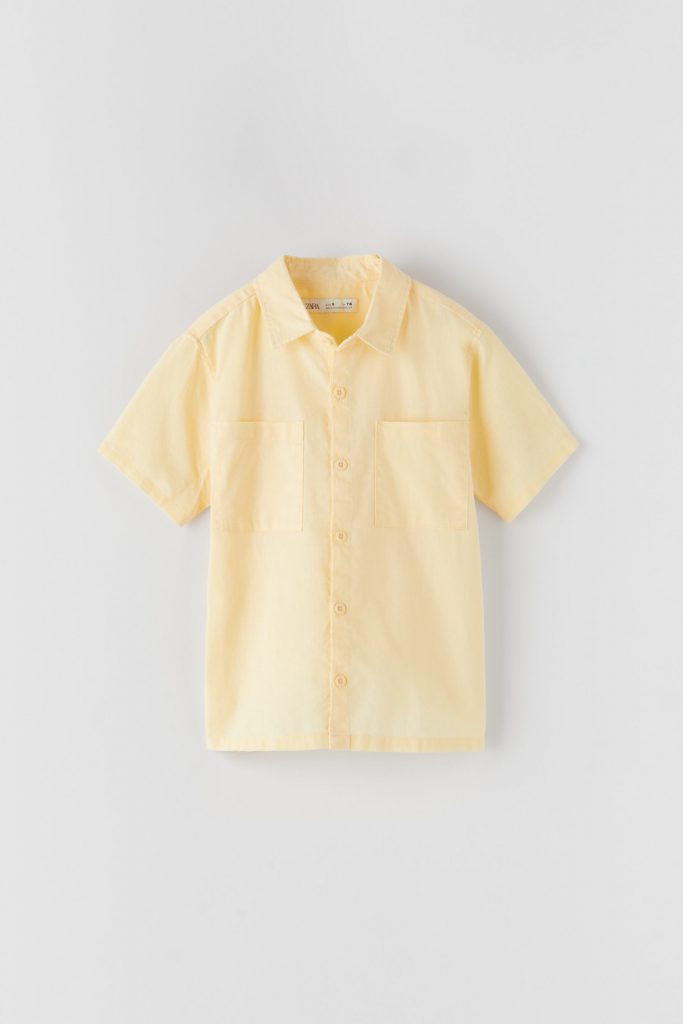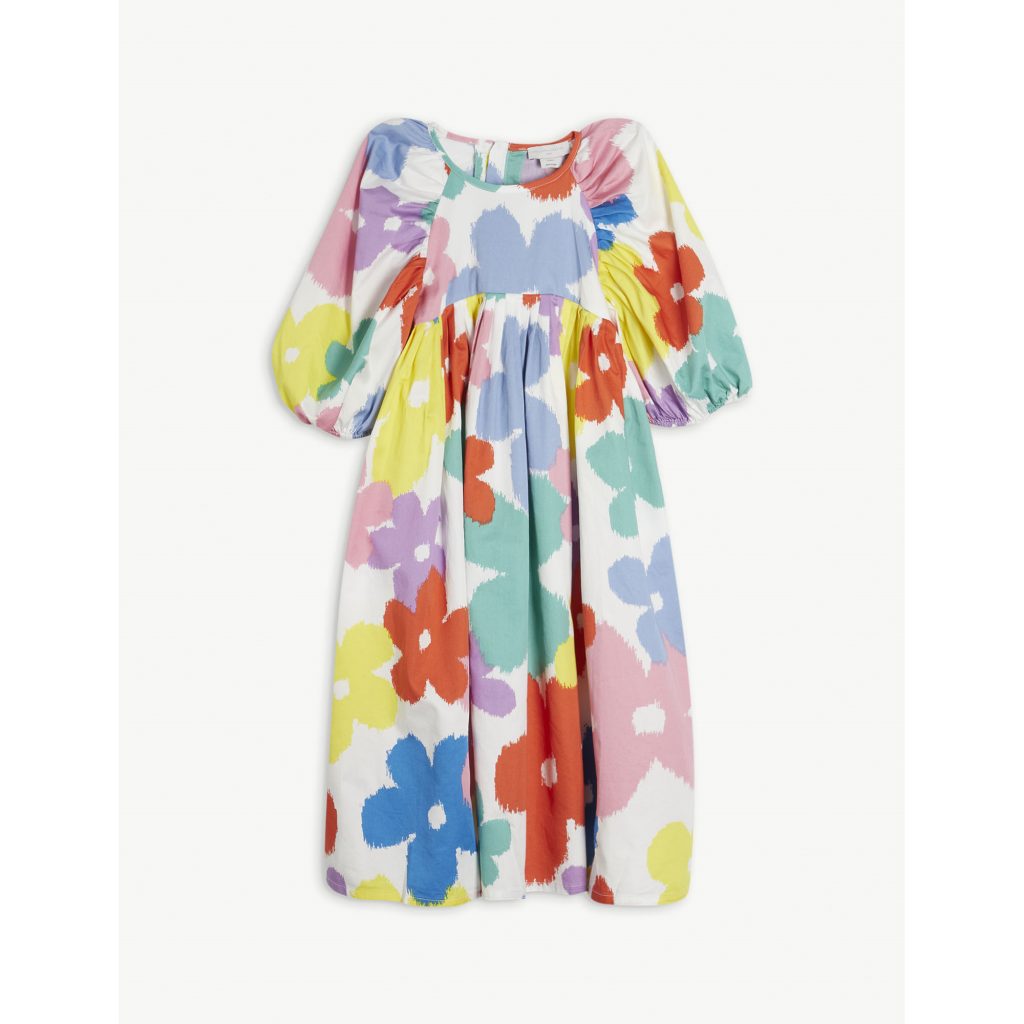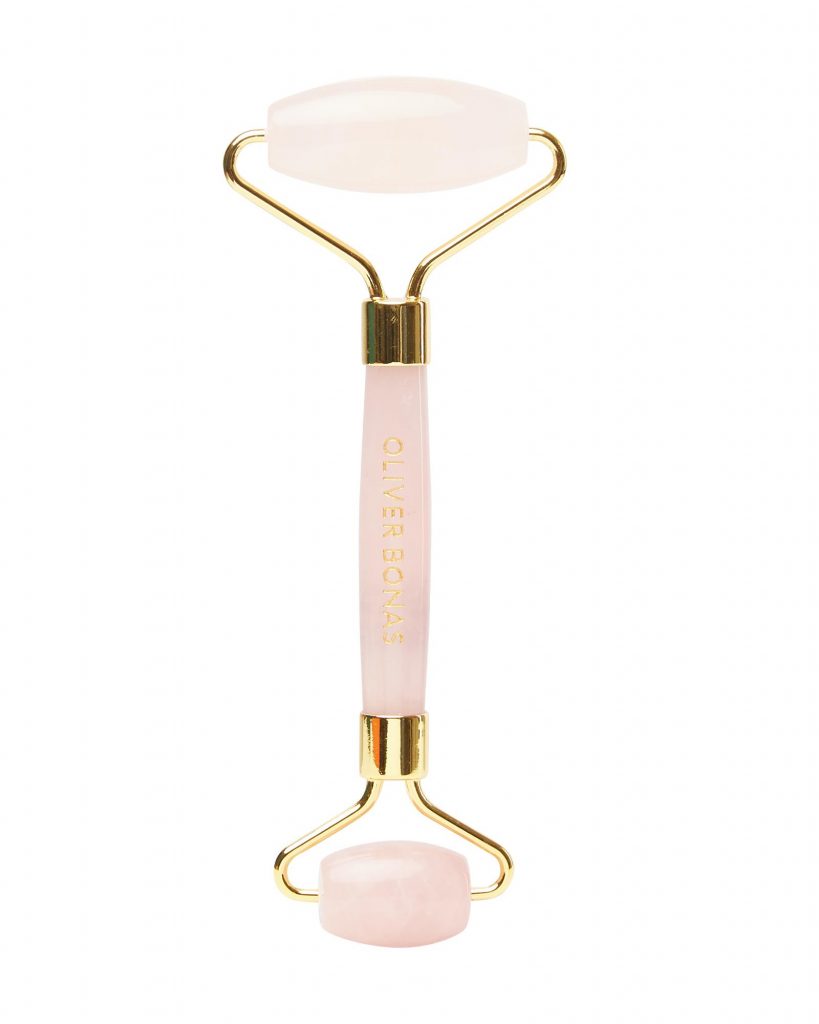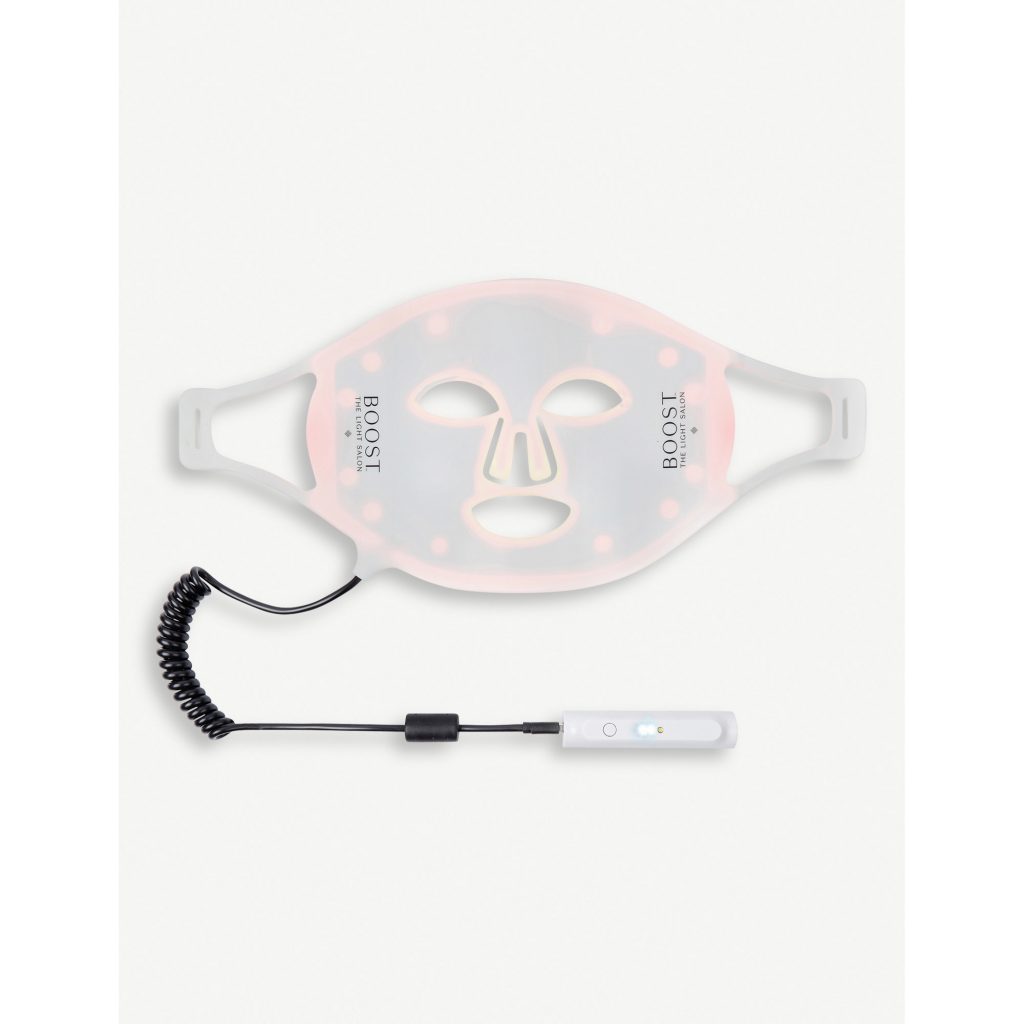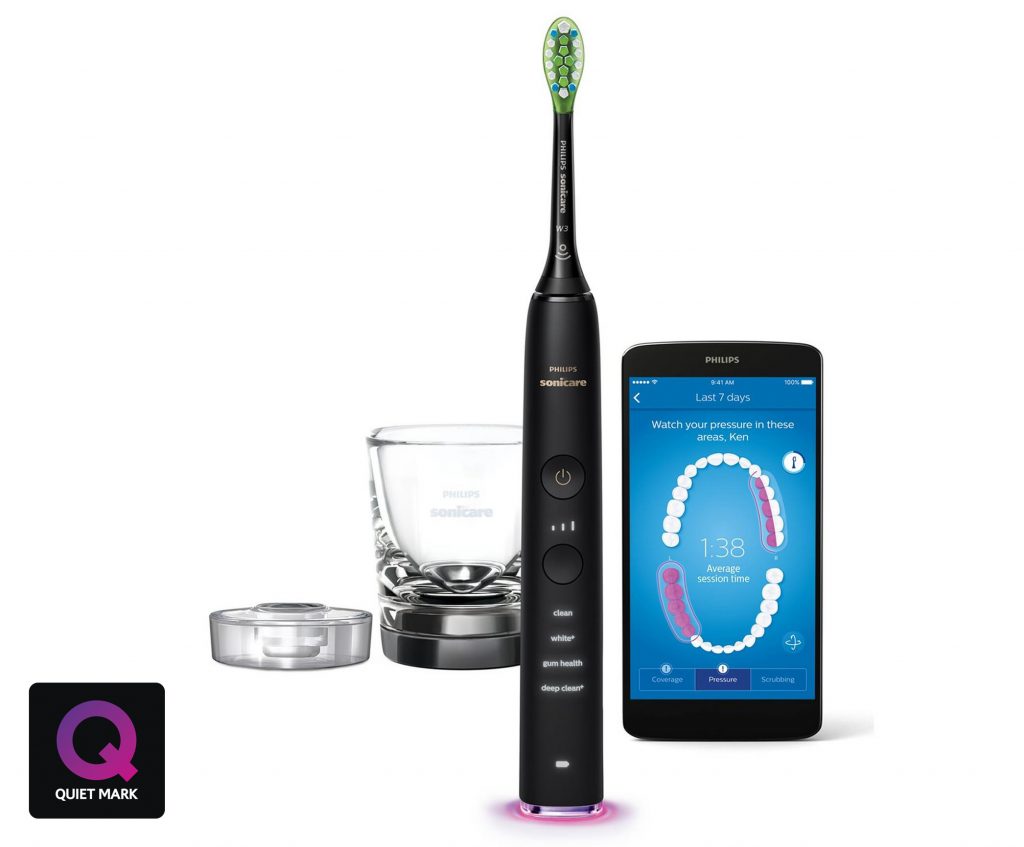We have all heard of the term supplements and have probably taken them before, but what is a nutritional supplement, and when should they be used? Here, registered nutritional therapist Natalie Le Bouedec DipNT, mBANT, mCNM explains all.

Food supplements are often known as dietary or nutritional supplements. They are designed to provide nutrients that may be lacking in our diets or we need them for a specific issue. They may contain many different nutrients, including vitamins, minerals, amino acids, fatty acids, enzymes, and herbs. Nowadays, they also come in various forms and can be taken as pills, tablets, capsules, liquids, powders and gummies. They can also be seen in many different variations of dosages and combinations, or just single ingredients; so from the outside this can all be very confusing!
Here are a few reasons why and when you could look in to taking a supplement.
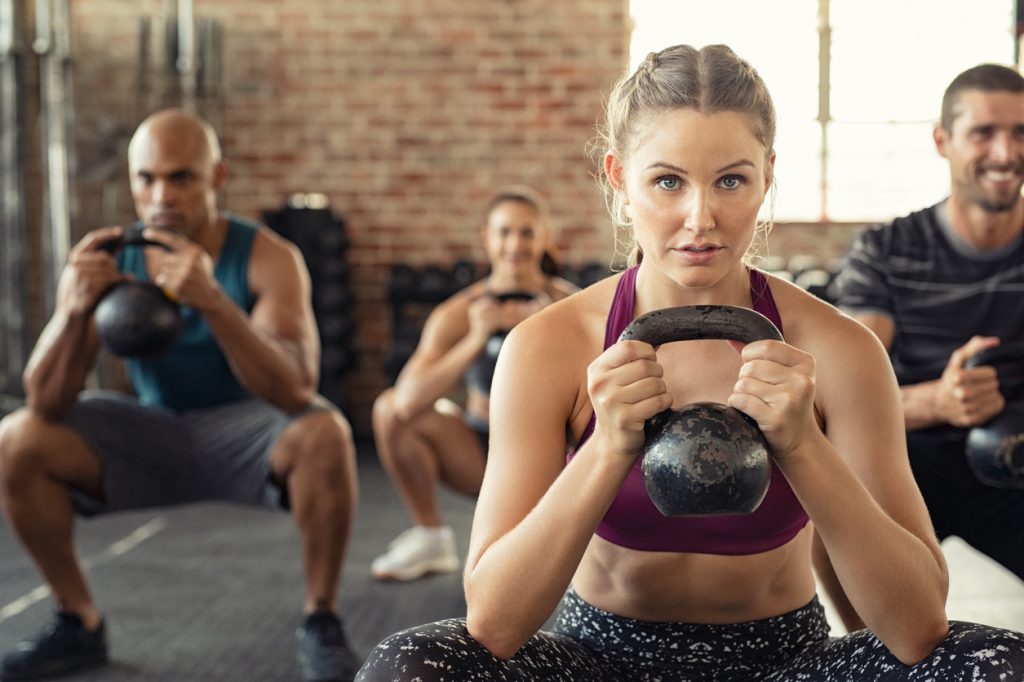
If you workout often…
The B Vitamins and Vitamin C are water-soluble vitamins, which mean they can be easily excreted from the body and lost if we sweat. If we work out frequently and feel that we could be lacking energy, it could be helpful to look at replenishing them. These nutrients are needed for our body’s to make energy from the food we eat.

If you’re stressed…
Stress can come in many different forms, and it can put a toll on our body and use up nutrients much faster than usual. These include Vitamin C. When we feel stressed, our adrenal glands make our stress hormones. Vitamin C is used in this process, and therefore, our stores of this vitamin can be depleted. Then there is Magnesium, which is needed for over 300 chemical processes in the body. Among these is making our neurotransmitters which help reduce feelings of anxiety and relax our muscles. When we are stressed, we use more of this nutrient. Having low magnesium levels can also lead to low mood, meaning it can lead to a vicious cycle.

If you live in the Northern Hemisphere…
Vitamin D is often known as the “sunshine vitamin”. We obtain it best from the sun, however, if you live in a country that has little quality sunshine in the winter months, like the UK, then you may need to supplement. It is vital when it comes to regulating the absorption of calcium and phosphorus. Not to mention, it helps facilitate a normal functioning immune system.

If you have a poor diet and need a boost…
Nowadays, many people’s diets consist of over-processed foods. It is believed that 90% of the population don’t get the recommended nutrients they need from food alone. In addition it is said that around 63% of adults do not eat their 5 a day! Eating processed foods can make it difficult for our bodies to get the nutrients we need, leading to deficiencies.

If you’re vegetarian or vegan…
If you eat a Vegan or Vegetarian diet or are thinking about going more plant-based, then you may need to look at supplementing with specific nutrients which can only be obtained through animal foods. These include B Vitamins, and in particular, B12. These vitamins have a direct impact on your energy levels, brain function, and cell metabolism. It is also worth having your iron levels checked if you are Vegan or Vegetarian due to the different forms of Iron heme and non-heme iron. Meat, in particular, red meat, contains lots of heme iron and can be easily absorbed by the body. In contrast, plant-based foods contain the other form of iron, which is not as well absorbed and utilised.

If you’re a woman…
Women are often at a higher risk of iron deficiency and anaemia, especially those who tend to lose a lot of blood during their monthly period. This may result in the need to take iron supplements. If your periods are heavy and you have signs of low iron and feel tired and exhausted, please contact your GP for a blood test to evaluate what your iron levels are and if they need supplementing.
At this point, it is important to reiterate that supplements are not a replacement for a nutritious, well-balanced diet that is rich in vegetables, fruit, whole grains, adequate lean protein, and healthy fats.
However, as discussed above, sometimes they are needed to get us back on track and can be an effective way of adding certain nutrients that may be missing from your diet or to help with a particular health issue.
If you are on any medication, please advise your GP before taking any supplements.
If you have any questions about this article, please don’t hesitate to contact me on nutrition@completemelife.com, to discuss further.

Natalie Le Bouedec is a Registered Nutritional Therapist who founded Complete Me Life, a nutritional food supplement company.
Complete Me’s products originated from Natalie’s experience of the commonly seen issues in her clinic. Every product is a blend of nutrients all targeted for that particular problem, helping customers get what they need without taking multiple capsules.
More information is available at: www.completemelife.com or at nutrition@completemelife.com

Me Life supplements

















